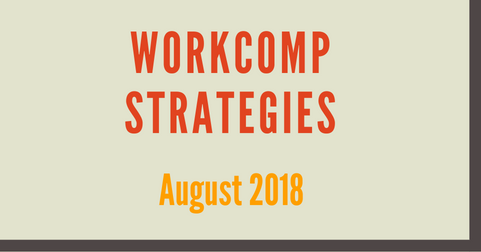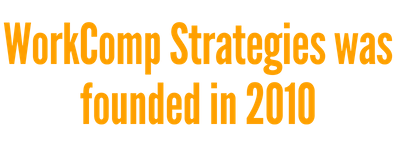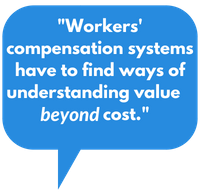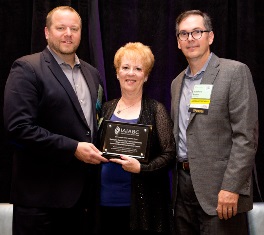WorkComp Strategies

The core mission of WorkComp Strategies is to provide independent analysis and guidance to public sector clients seeking to undertake strategic projects and initiatives. Sample projects include technology modernization and related initiatives; program analysis and improvement; and overall system reform analysis and recommendations.

 IAIABC: How does your organization serve the workers’ compensation industry or what do you see as the most important role you play in the workers’ compensation industry?
IAIABC: How does your organization serve the workers’ compensation industry or what do you see as the most important role you play in the workers’ compensation industry?
Matt Bryant, President, WorkComp Strategies: One of the more important roles we play is providing expertise to support effective decision-making. “What have other jurisdictions done in this area, and was it effective? Why? Did the stakeholders support the direction taken?” We help jurisdiction leaders and administrators build on proven ideas and avoid costly mistakes.
IAIABC: What do you see as some of the major challenges the industry is facing, and how can we as a community address them?
 MB: A significant focus in the performance of workers' compensation systems has been placed on cost.In almost any other scenario where cost is a major factor, then necessarily value is called into question. But workers’ compensation systems don’t have a very standardized method of understanding value, which leaves cost as the predominant benchmark, and almost a substitute for value. Workers’ compensation systems have to find ways of understanding value beyond cost. We have been working with the IAIABC on a project in which the results of dispute system services can be compared across jurisdictions. The goal of this effort is to establish benchmarks and practices that drive innovation and improvement, or in other words, value.
MB: A significant focus in the performance of workers' compensation systems has been placed on cost.In almost any other scenario where cost is a major factor, then necessarily value is called into question. But workers’ compensation systems don’t have a very standardized method of understanding value, which leaves cost as the predominant benchmark, and almost a substitute for value. Workers’ compensation systems have to find ways of understanding value beyond cost. We have been working with the IAIABC on a project in which the results of dispute system services can be compared across jurisdictions. The goal of this effort is to establish benchmarks and practices that drive innovation and improvement, or in other words, value.
IAIABC: Are there any projects/programs/initiatives going on at your organization that your are particularly excited or enthusiastic about?
 MB: Many US and Canada jurisdictions are in the early phases of modernizing their systems and processes. We have ongoing projects with several such jurisdictions, and it is exciting to work towards improvement and innovation on these projects. Some of the key objectives include both efficiency and effectiveness. In other words, these projects involve modernizing not only to increase efficiency, but also to make the agency more effective at providing services. Re-orienting government services toward a direction of improving service levels requires asking questions like, “Who are our customers? What do they need? How can we best support that?” Finding answers to questions like these and taking steps to act on them puts a refreshing perspective on government services.
MB: Many US and Canada jurisdictions are in the early phases of modernizing their systems and processes. We have ongoing projects with several such jurisdictions, and it is exciting to work towards improvement and innovation on these projects. Some of the key objectives include both efficiency and effectiveness. In other words, these projects involve modernizing not only to increase efficiency, but also to make the agency more effective at providing services. Re-orienting government services toward a direction of improving service levels requires asking questions like, “Who are our customers? What do they need? How can we best support that?” Finding answers to questions like these and taking steps to act on them puts a refreshing perspective on government services.
IAIABC: Why is your organization a member of the IAIABC? What would you tell others about the benefits of membership?
MB: We value the opportunity to engage in policy discussions with workers’ compensation leaders across the US and internationally. Committees and working groups provide a ready network of team members to dig into the key issues facing workers’ compensation today. The IAIABC is committed to innovation and improvement, and not status quo. This is the sort of association that matches our values.

